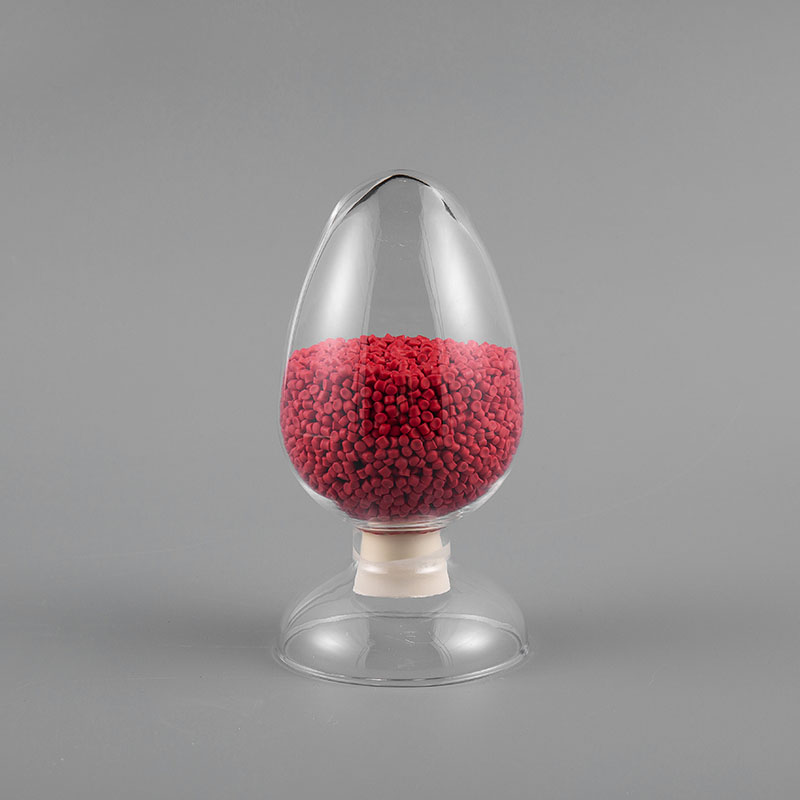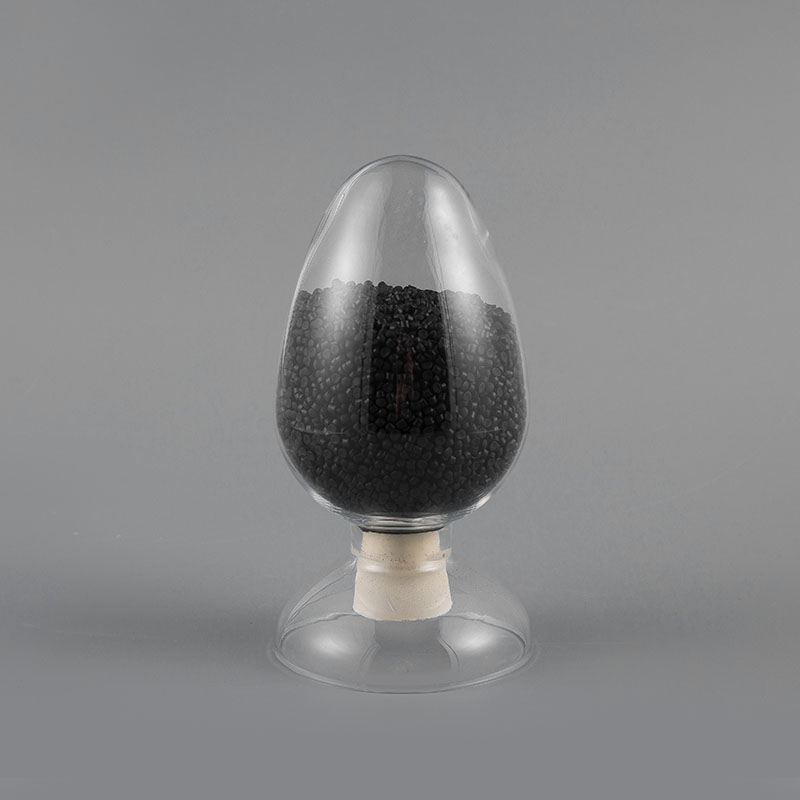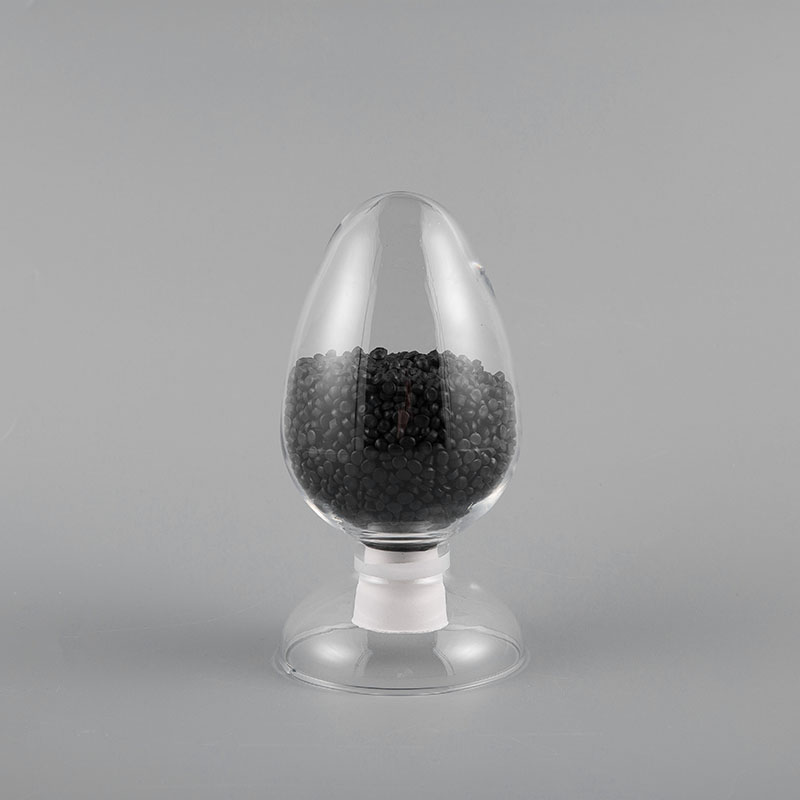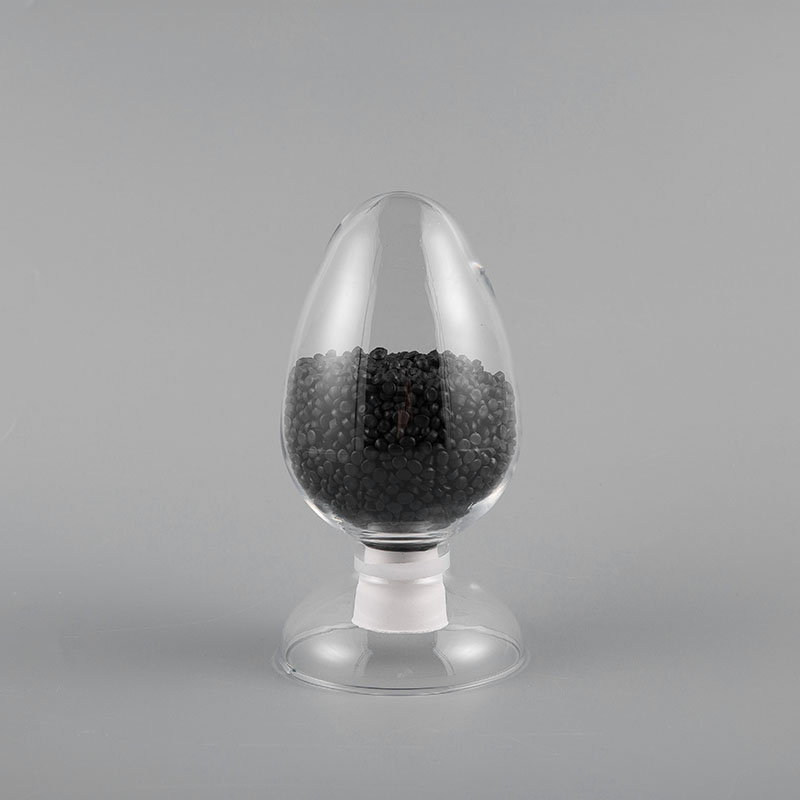- 1 What Are PVC Compounds and Why Are They Used in Transport Cables?
- 2 Key Properties of High-Performance PVC Cable Compounds
- 3 Choosing the Right PVC Compound for Railway Applications
- 4 Benefits of Using Flexible PVC in Automotive Wiring
- 5 Understanding LSZH PVC Compounds for Safety-Critical Transport
- 6 How to Select a Durable Compound for Marine Cable Sheathing
- 7 FAQ
- 7.1 What makes PVC a good choice for transportation cables compared to other polymers?
- 7.2
- 7.3 What is the significance of the EN 45545 standard for railway cables?
- 7.4 Are Low Smoke Zero Halogen (LSZH) compounds better than standard PVC?
- 7.5 How does temperature affect the selection of a PVC compound for transport?
- 7.6 What are the key tests for evaluating PVC compounds for transportation use?
The transportation industry relies on a complex network of cables for power, control, and data transmission. Selecting the right insulating and sheathing material is paramount for safety, durability, and performance. PVC compounds for transportation cables stand out as a premier choice, offering a unique blend of flexibility, flame retardancy, and cost-effectiveness. This guide delves deep into the properties, applications, and selection criteria for these essential materials, providing the technical insight needed to make an informed decision.
What Are PVC Compounds and Why Are They Used in Transport Cables?
Polyvinyl Chloride (PVC) compounds are synthetic materials created by blending PVC resin with various additives like plasticizers, stabilizers, fillers, and flame retardants. This process allows engineers to tailor the compound's properties to meet specific demanding requirements. In the context of transportation, these cables face unique challenges such as constant vibration, wide temperature fluctuations, exposure to oils and chemicals, and the critical need for fire safety. PVC compounds are engineered to withstand these harsh environments, making them indispensable in modern vehicles and infrastructure.
- Customizability: The formulation can be adjusted to achieve desired levels of flexibility, hardness, and resistance properties.
- Durability: They provide excellent abrasion resistance, protecting the internal conductors from damage during installation and operation.
- Electrical Insulation: PVC offers reliable electrical insulation, ensuring safe and efficient power transmission.
- Cost-Efficiency: Compared to many specialty polymers, PVC provides a superior balance of performance and cost.
Key Properties of High-Performance PVC Cable Compounds
Not all PVC compounds are created equal. For transportation applications, certain properties are non-negotiable. A high-performance compound must excel in several key areas to ensure the longevity and safety of the cable system. These properties are achieved through careful selection of additives and precise compounding techniques.
- Flame Retardancy: This is arguably the most critical property. Compounds must meet stringent standards like UL 1581, IEC 60332, and EN 45545 (for rail) to prevent the spread of fire.
- Low-Temperature Flexibility: Cables in vehicles, trains, and aircraft can be exposed to extremely cold environments. The compound must remain flexible and not crack at temperatures as low as -40°C.
- Oil and Chemical Resistance: Resistance to oils, fuels, solvents, and cleaning agents is essential to prevent degradation and maintain integrity over time.
- Thermal Stability: The compound must withstand elevated temperatures from engine heat or external sources without deforming or losing its protective qualities.
Comparing Key Properties of Standard vs. Transportation-Grade PVC
To understand the enhanced performance of specialized compounds, it's useful to compare them against standard PVC formulations. The following table highlights the significant differences that make transportation-grade compounds suitable for their demanding roles.
| Property | Standard PVC Compound | Transportation-Grade PVC Compound |
| Flame Retardancy | May not meet specific smoke density or toxicity requirements. | Engineered for low flame spread, low smoke, and low toxicity (LSZH variants). |
| Operating Temperature Range | -10°C to 70°C | -40°C to 105°C |
| Oil Resistance | Moderate; may swell upon prolonged exposure. | High; formulated to resist swelling from oils and fuels. |
| Flexibility at Low Temp | Becomes stiff and may crack. | Remains flexible due to specialized plasticizer systems. |
Choosing the Right PVC Compound for Railway Applications
The railway industry presents one of the most demanding environments for cable materials. PVC compounds for railway cables must comply with the European standard EN 45545, which classifies materials based on their fire performance, including ignitability, heat release, flame spread, smoke density, and toxicity. Selecting the correct compound is a matter of regulatory compliance and passenger safety.
- Hazard Levels (HL1-HL3): The required performance depends on the application's hazard level (e.g., underground trains vs. low-speed trams).
- Smoke Density and Toxicity: In enclosed spaces like tunnels and carriages, low smoke and fumes are critical for visibility and safe evacuation.
- Durability: Cables are subject to constant vibration, mechanical stress, and exposure to weather, requiring a tough, resilient compound.
- Halogen-Free Options: While traditional PVC is halogenated, there is a growing use of Low Smoke Zero Halogen (LSZH) compounds in sensitive areas to minimize corrosive gas emission during a fire.
Benefits of Using Flexible PVC in Automotive Wiring
The modern automobile contains miles of wiring, and flexible PVC compounds for automotive cables are the workhorses of this network. Their primary role is to insulate and protect wires in the engine compartment, dashboard, and door systems, where space is tight and bending is frequent.
- Space Efficiency: The high flexibility allows for tighter bending radii, enabling easier routing through a vehicle's cramped spaces.
- Vibration Resistance: The inherent damping characteristics of PVC help protect connections from fatigue failure caused by engine and road vibration.
- Color Coding: PVC can be easily and consistently colored, which is vital for the complex color-coding systems used in automotive wiring harnesses for efficient installation and repair.
- Cost-Effectiveness: For the performance offered, PVC remains one of the most economical materials for mass-produced automotive wiring.
Understanding LSZH PVC Compounds for Safety-Critical Transport
In safety-critical and enclosed public transportation systems, traditional materials are being supplemented or replaced by LSZH PVC cable materials. LSZH stands for Low Smoke Zero Halogen. While standard PVC contains chlorine (a halogen) and produces dense, toxic smoke when burned, LSZH compounds are formulated to minimize these hazards.
- Enhanced Safety: In the event of a fire, LSZH materials emit very low levels of smoke and no corrosive halogen acids, improving visibility and reducing damage to electronic equipment.
- Application Areas: They are increasingly mandated for use in underground metros, passenger aircraft, ships, and other enclosed transport systems where safe evacuation is a priority.
- Material Trade-offs: While offering superior safety, LSZH compounds can be less flexible and more expensive than standard flame-retardant PVC, necessitating careful design consideration.
How to Select a Durable Compound for Marine Cable Sheathing
Marine environments are exceptionally harsh, characterized by constant exposure to moisture, salt spray, sunlight (UV), and wide temperature changes. Durable PVC compounds for marine cables are specifically engineered to combat these elements, ensuring reliable operation on ships, offshore platforms, and dockside equipment.
- Weather and UV Resistance: Additives are included to protect the polymer chain from degradation caused by sunlight, preventing cracking and loss of mechanical properties.
- Resistance to Saltwater: The compound must be impervious to saltwater corrosion to protect the underlying metallic components.
- Fungus Resistance: For vessels operating in tropical waters, compounds are often treated to be fungus and mold resistant.
- Mechanical Toughness: Sheathing must be tough enough to withstand abrasion from installation, handling, and movement on a rolling vessel.
FAQ
What makes PVC a good choice for transportation cables compared to other polymers?
PVC's primary advantage lies in its excellent balance of properties, processability, and cost. It offers inherent flame retardancy, good electrical insulation, and high resistance to abrasion, water, and chemicals. Furthermore, its formulation is highly customizable. By adjusting plasticizers and additives, manufacturers can create compounds that are extremely flexible for tight wiring harnesses or exceptionally rigid for protective conduits, all while remaining more cost-effective than many alternative materials like cross-linked polyethylene (XLPE) or fluoropolymers.
ML-R7052-88 105℃ PVC material for automotive cable
What is the significance of the EN 45545 standard for railway cables?
EN 45545 is the European standard for fire protection on railway vehicles. It is a comprehensive framework that classifies materials based on their performance during a fire. For PVC compounds for railway cables, compliance is not optional; it is a legal requirement for operating in Europe. The standard evaluates critical factors like heat release rate, flame spread, smoke opacity, and toxicity of fumes. Manufacturers must test and certify their compounds to specific Hazard Levels (HL1, HL2, or HL3) based on the vehicle's operational category, ensuring the highest levels of passenger safety.
Are Low Smoke Zero Halogen (LSZH) compounds better than standard PVC?
"Better" is application-dependent. LSZH PVC cable materials are superior in terms of life safety in enclosed spaces. They produce minimal smoke and no corrosive halogen gases when burned, which aids visibility during evacuation and prevents secondary damage to equipment. However, they often come with trade-offs: they can be more expensive, less flexible, and sometimes harder to process than standard PVC. Therefore, standard flame-retardant PVC may be perfectly suitable for well-ventilated or open-air transport applications where its cost and performance benefits can be fully leveraged without compromising safety.
How does temperature affect the selection of a PVC compound for transport?
Temperature is a fundamental design criterion. A compound selected for an automotive engine bay must withstand continuous high temperatures (e.g., 105°C or 125°C) without melting or becoming brittle. Conversely, cables for rolling stock on Arctic routes must remain flexible at temperatures as low as -50°C. The plasticizer system within the PVC compound is key to its thermal performance. High-temperature plasticizers provide thermal stability, while specialized flexible plasticizers ensure low-temperature performance. Selecting a compound with an operating range that exceeds the application's expected minimum and maximum temperatures is crucial for long-term reliability.
What are the key tests for evaluating PVC compounds for transportation use?
Numerous international standards govern the testing of cable compounds. Key tests include:
- Flame Retardancy: IEC 60332 (flame spread), IEC 61034 (smoke density), and IEC 60754 (toxicity of fumes).
- Mechanical Properties: Tensile strength and elongation tests (ISO 527 or ASTM D638) to ensure durability.
- Thermal Aging: Aging samples in an oven (e.g., per IEC 60811-501) to simulate long-term thermal endurance.
- Oil and Chemical Resistance: Immersing samples in fluids (e.g., IRM 902 oil) and measuring changes in weight and mechanical properties (ASTM D471).
- Low-Temperature Flexibility: Bend tests at specified low temperatures (e.g., IEC 60811-504) to check for cracking.
These tests ensure the PVC compounds for transportation cables meet the rigorous demands of the industry.


 English
English 中文简体
中文简体 русский
русский







